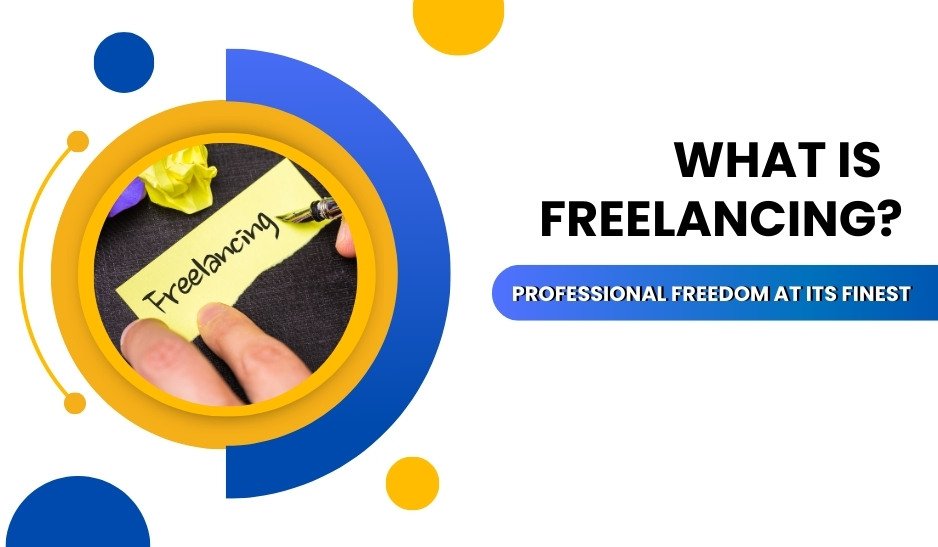What is Freelancing?
Freelancing is running in which people provide their talents and services to clients on a challenging basis instead of running for one organization freelancers are self-employed and might paint anywhere, regularly from domestic. They pick their initiatives, set prices, and manipulate their schedules.

Freelancers can paint in many fields, like writing, photograph layout, programming, and consulting. They discover customers via online systems, referrals, or their very own networks. Freelancing offers flexibility and variety, which allows humans to paint on one-of-a-kind initiatives and with specific clients, which can be both interesting and profitable.
Main Parts of Freelancing
Freelancing includes several vital parts that help freelancers control their work with success. The main parts are given below:
1. SKILL SET- Freelancers want to have particular skills that they can provide to customers. These abilities can be in writing, photo design, programming, advertising and marketing, consulting, or some other location where there is a call for them.
2. PORTFOLIO– A portfolio showcases a freelancer’s preceding paintings. It’s like a resume, however, with examples of their quality tasks, which has enabled clients to see what the freelancer can do if they want to hire them.
3. CLIENTS– Clients are human beings or corporations that lease freelancers for precise initiatives with which freelancers can discover clients through online structures, referrals, networking, or advertising themselves on social media.
4. PROJECTS- Projects are the tasks or jobs that customers need assistance with that have unique requirements, and freelancers agree to complete these initiatives in exchange for a charge.
5. CONTRACTS- Contracts are agreements among freelancers that define the scope of the venture, charge phrases, and deadlines. They help ensure that each event apprehends and complies with the phrases of the work.
Benefits of Freelancing
- Freelancers can set their personal schedules and paint from anywhere and at any time that suits them.
- Freelancers can work on several tasks, allowing them to examine new competencies and keep their paintings thrilling.
- Freelancers are their very own bosses, and they can pick out the customers they need to paint with and the tasks they want to take on.
- Freelancers can regularly earn more than traditional personnel, especially if they have in-demand talents efficiently.
How to start Freelancing?
- IDENTIFY YOUR SKILLS: To determine what talents you have that others might need, with the standard freelance capabilities consisting of writing, image design, net development, and digital advertising.
- BUILD A PORTFOLIO: Create a portfolio that showcases your excellent paintings, which can be a website or a PDF record that you can proportion with capability customers.
- SET YOUR RATES: Decide how much you’ll price your offerings with the proper research on what others in your discipline are charging to set aggressive quotes.
- FIND CLIENTS: Use online platforms like Upwork, Fiverr, and Freelancer to locate clients where you can also reach out in your community or use social media to promote your services.
- MANAGE YOUR TIME: Create a schedule that permits you to work effectively, set the closing dates, and persist with them to build great recognition with your customers.
Why Freelancing is Important?
Freelancing is essential as it offers flexibility, and people can pick out their work hours and projects, which allows them to balance paintings with their private lives. This is especially beneficial for college kids, homemakers, and retirees. Freelancing also allows people to earn more money which also permits human beings to paint from everywhere, presenting opportunities for the ones in remote areas.
Additionally, freelancing encourages talent development whereas people manipulate their own commercial enterprise and for businesses, freelancers provide a bendy and fee-effective answer to fulfil brief-time period wishes without lengthy-term commitments. Overall, freelancing empowers people to manipulate their careers and lives to every human being.
Who can learn Freelancing?
- STUDENTS- Students can freelance to make some extra cash even while studying and can take a proper benefit from freelancing.
- WORKING PROFESSIONALS- Professionals can freelance at the facet to earn more money or additional money from freelancing.
- HOMEMAKERS- Homemakers can freelance without leaving the house, balancing paintings and circle of relatives which is more convenient for every woman.
- RETIRED INDIVIDUALS- Retirees can freelance to maintain their minds lively and engaged with the freelancing.
- FREELANCE-ENTHUSIASTS- People with abilities can freelance and make money from what they love and they can carry on with their hobbies.
- ANYONE WITH A SKILL- Anyone with a beneficial skill like writing, design, or programming can freelance where they can build up their skills as well.
- ASPIRING ENTREPRENEURS- Freelancing can be step one to beginning your very own commercial enterprise through freelancing.
- PEOPLE SEEKING WORK-LIFE BALANCE– Freelancing allows for flexible work hours, ideal for a better work-life stability and they can utilize their free time.
Conclusion
Freelance utilizes operating independently which is offering abilities to numerous customers on a project-through-undertaking foundation. It lets people manage their work schedules, and pick tasks that they like. Freelancing is critical because it provides flexibility with the possibility to earn extra profits, and the threat to develop various abilities. It is right for students, homemakers, retirees, and special experts looking for a better painting-existence balance.
For agencies, freelancers provide a value-powerful manner to satisfy specific needs without long-term commitments. In essence, freelancing empowers individuals to manage their careers independently and to monetary independence whilst presenting companies the agility to adapt to converting needs.
